It was a big year for Spectrum, as we started the move in November to our new home, The Transmitter — a publication for the neuroscience community. Over the coming months, all of our content from the past 15 years will become available as a dedicated section at The Transmitter. But in the meantime, here are some of our favorite stories from 2023, focused on perennial challenges in the autism field: expediting diagnosis, decoding core traits and broadening the mix of voices routinely included in research.
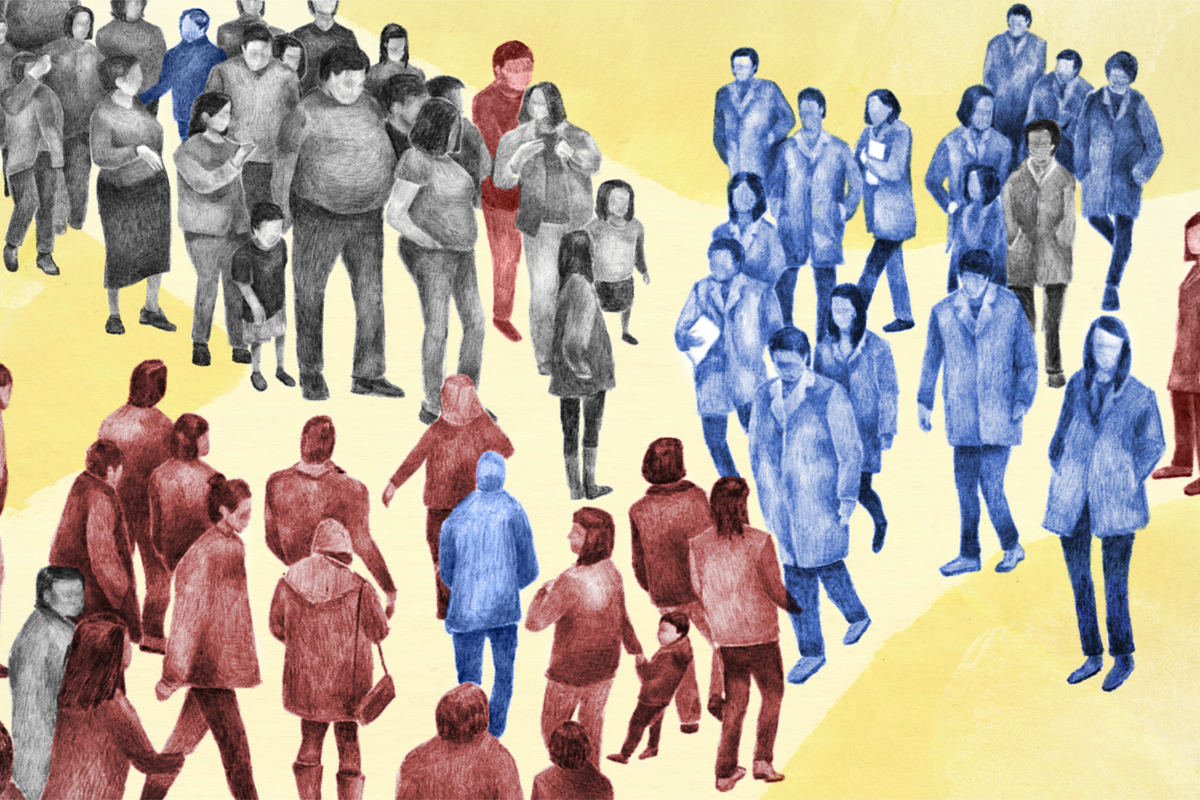
Year in Review: Spectrum’s best in 2023
Here are five must-reads from our coverage of autism research over the past 12 months.
Autism research hits the road
A growing number of scientists are taking their research on the road to improve diversity and inclusion in autism studies — which are overwhelmingly skewed toward white and affluent children with low-support needs, who can more readily travel to a lab. As part of that itinerary, experimentalists are adapting their protocols and partnering with marginalized communities. Home visits often demand more resources than do traditional lab assessments but are “a new forever thing for us,” says researcher Caitlin Hudac in the story. Over three months in 2019, she drove 15,000 miles to collect data from 56 people in 33 states.
Amy Wetherby strives for earlier diagnosis, intervention
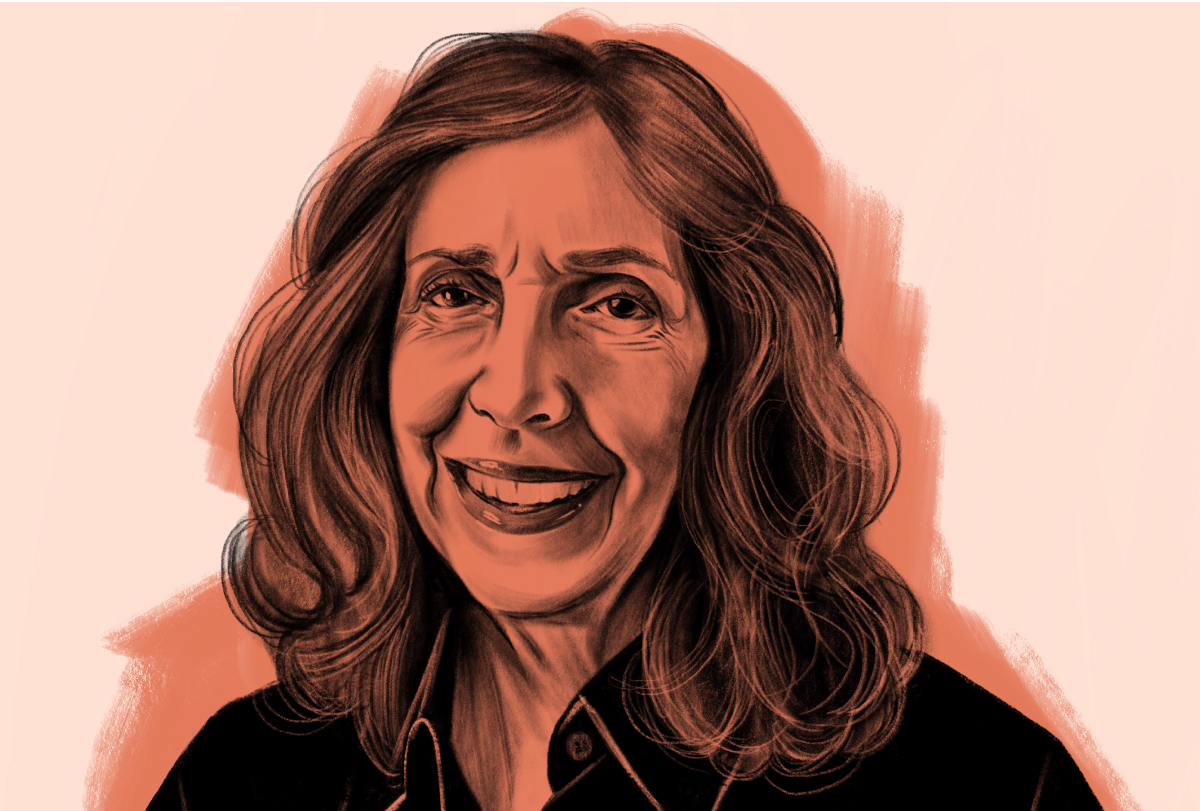
For decades, Amy Wetherby, distinguished research professor in clinical sciences at Florida State University in Tallahassee, has developed tools to support earlier autism screening and intervention. In addition to contributions such as the Communication and Symbolic Behavior Scales, which helps scientists and clinicians better assess autism, she has created virtual courses and other resources to support families of children with autism. Now she is watching the benefits of that work unfold in a uniquely personal way, as her daughter uses the Baby Navigator program to support her own daughter, Wetherby’s grandchild.
Telehealth as a new avenue for autism diagnosis
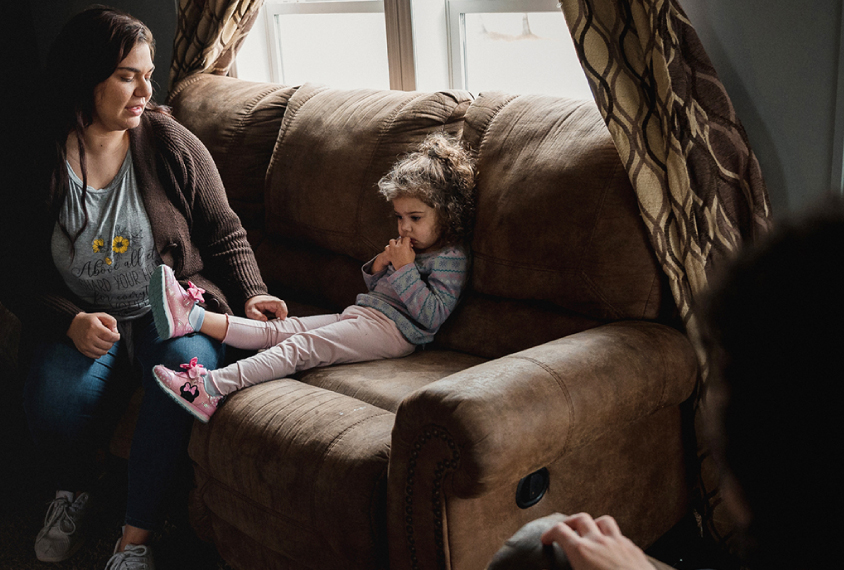
In the United States there are, on average, more than 100,000 children per developmental pediatrician — and that mismatch is even greater in rural regions. This lack of providers has contributed to a significant diagnostic bottleneck: Without enough trained clinicians, families often wait years for their children to be evaluated for autism. Telehealth solutions could connect families with providers faster, some groups quoted in this feature explain. Though this approach has its limits — some children may not engage in all of the virtual interactions needed to complete an assessment, for example — it could help many families, particularly those in rural areas, access care more quickly.
Researchers, self-advocates and parents at a crossroads

As this deep dive details, scientists, autistic self-advocates and parents of autistic children sometimes find themselves at odds — for reasons that are nuanced and deep. But many researchers want to right power imbalances in the field — including a longstanding failure to listen to people on the spectrum. Self-advocates, meanwhile, have worked hard to be included in the conversation, as have parents who seek greater support for their children. “We’re going through a disability rights movement in autism,” says researcher Brian Boyd in the story. “And I think those of us who are neurotypical are going to have to do a little bit of acceptance that we’re going to feel uncomfortable in this space right now. Because there’s a marginalized group who’s asking, rightfully, for their voice to be heard.”
Are motor impairments a core feature of autism?
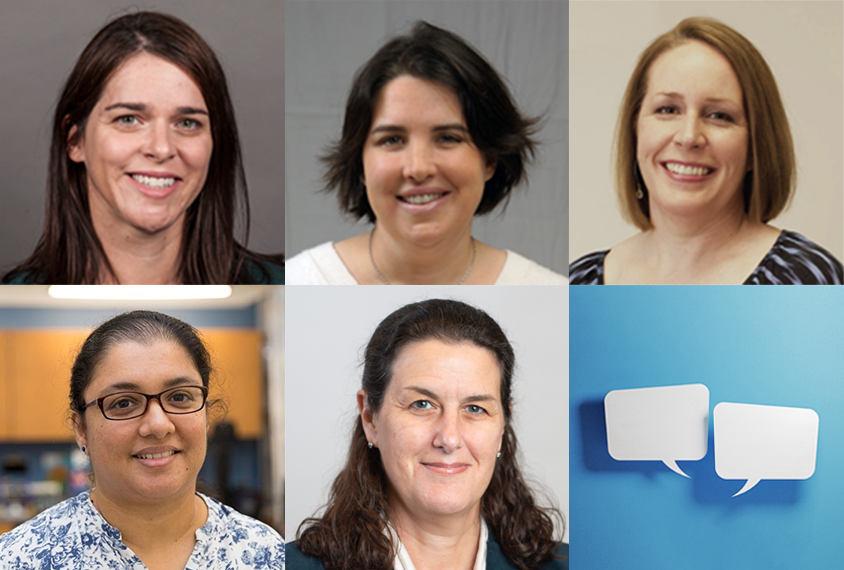
Researchers agree that many children with autism experience motor delays — including difficulties with whole-body coordination and fine motor skills — but they disagree on whether these challenges are a central feature of the condition. In this cross talk, five experts debate the question, citing research that highlights the incidence of motor delays in conditions that accompany autism; the links between delayed motor skills and difficulties in other domains; and characteristic patterns of development in autistic children, such as a relative strength of motor abilities compared with social and language skills. Though the scientists in this debate take different positions, a recurring thread across all of their arguments is the need for better interventions to support autistic people in developing motor skills.
Recommended reading

Building an autism research registry: Q&A with Tony Charman
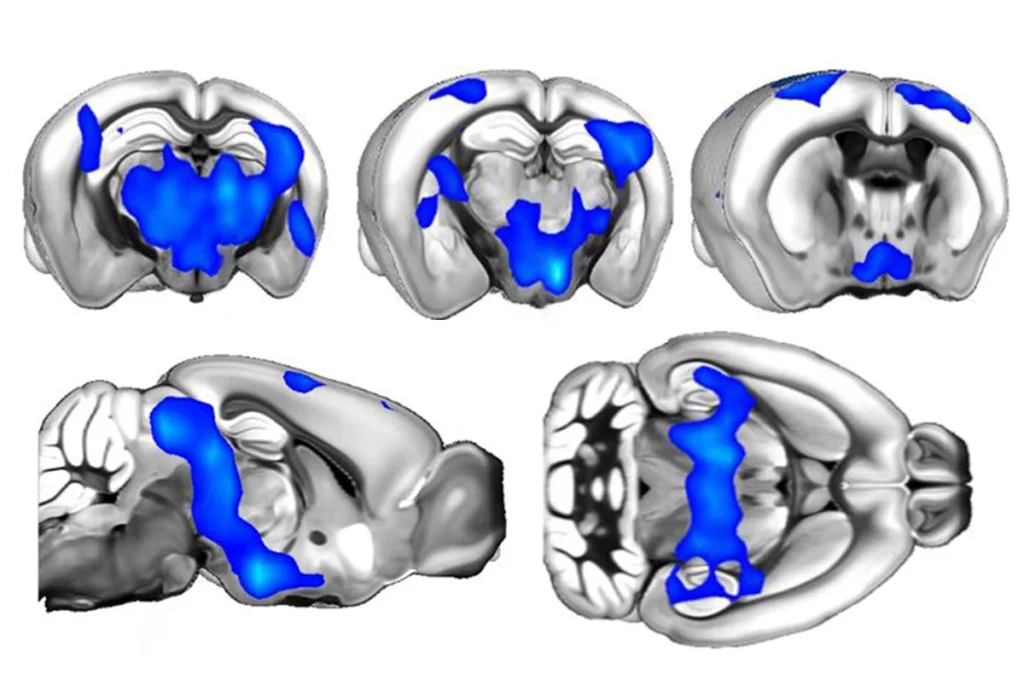
CNTNAP2 variants; trait trajectories; sensory reactivity
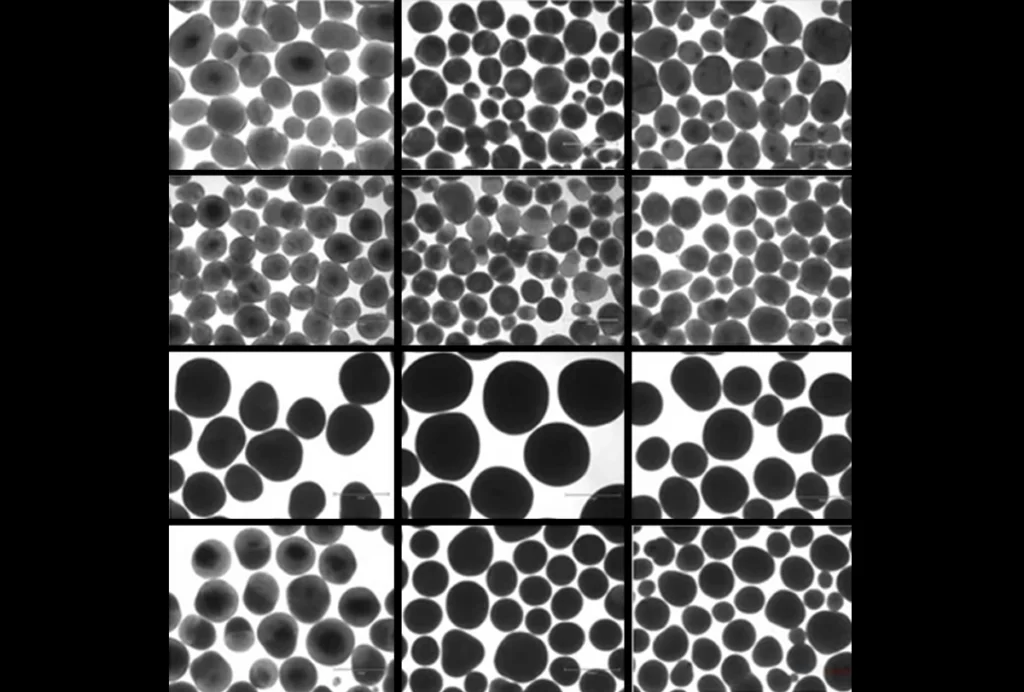
Brain organoid size matches intensity of social problems in autistic people
Explore more from The Transmitter

Cerebellar circuit may convert expected pain relief into real thing

